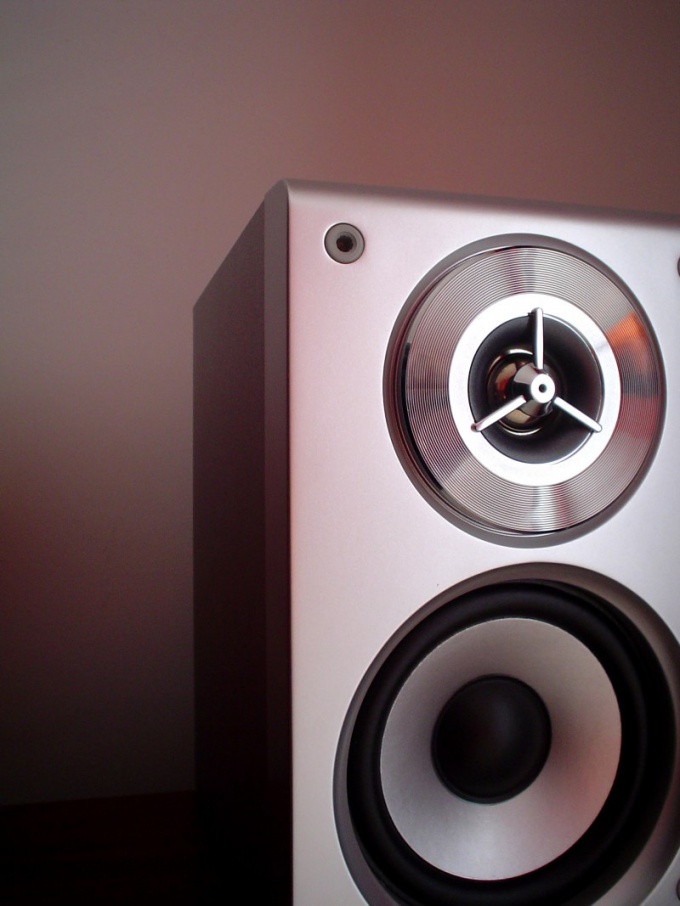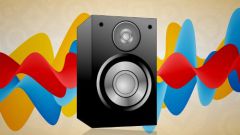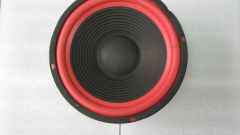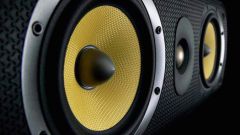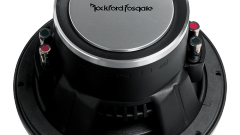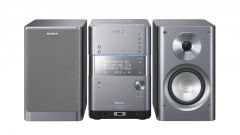Most often the columns in a hoarse voice, not through their own fault, and the fault of the amplifier. This is due to the fact that any amplifying elements - lamps, diodes, bipolar and field-effect transistors, in particular, included in the integrated circuit operate in a linear regime in a certain range of control voltage for the bipolar transistor control currents). To enter the reinforcing element in a linear mode, using a technique called offset - it slightly open. If the offset is too low, the amplifier is more economical, but with insufficient linearity. Namely nonlinear distortion and perceived by the ear as a wheeze. If it is too large, the amplifying element is wasted energy, and the linearity is still not increased above a certain limit. Therefore, all pre-amplifier stages usually work in a so-called class A, that is, the displacement for maximum linearity and output stage in class AB, in which the linearity is slightly reduced which has a beneficial effect on the economy. However, to this rule there are exceptions.
But if you apply to the input of the amplifier is too strong a signal, at least part of it cascades will work in overload mode. This means that the control voltage at the inputs of the cascades, even with the offset, will be to go beyond the linear section. So, the inevitable rattle. In General, the rule must be: in the entire chain of cascades overloaded should not be none. Sometimes, in order it to be so, enough to reduce the amplification of one of cascades and to proportionally increase the gain later.
In theory it sounds complicated, but in practice it's simple. You have connected to amplifier receiver or player. The amplifier exhibited a small volume, not the signal source is large. Thus, you have created all the conditions for the occurrence of distortion in the output stage of the player or receiver. Turn down the volume on the player or the receiver, and the amplifier increase in proportion to the hearing, it was again the same. Distortion is significantly reduced. But don't make the resulting audio level is too large, otherwise this time will be overloaded the amplifier and speakers, and hearing it's bad.
With increased signal level at the output of amplifier distortion may occur directly to the speakers. Ranging from too great amplitude diffuser will touch nearby items, hitting on them. The stroke limitation of the diffuser at the hearing is also perceived as a wheeze. If the dynamics are no so-called dust cap, a wheeze can be caused by dust particles caught in the moving system. Then it must be purged and then the situation is not repeated, wrapped in cloth the whole head. To perform this operation should be at idle amplifier.
